How Can You Revive Old Clubs?
Top tips on how to clean and revive your golf clubs so you fetch the best possible price
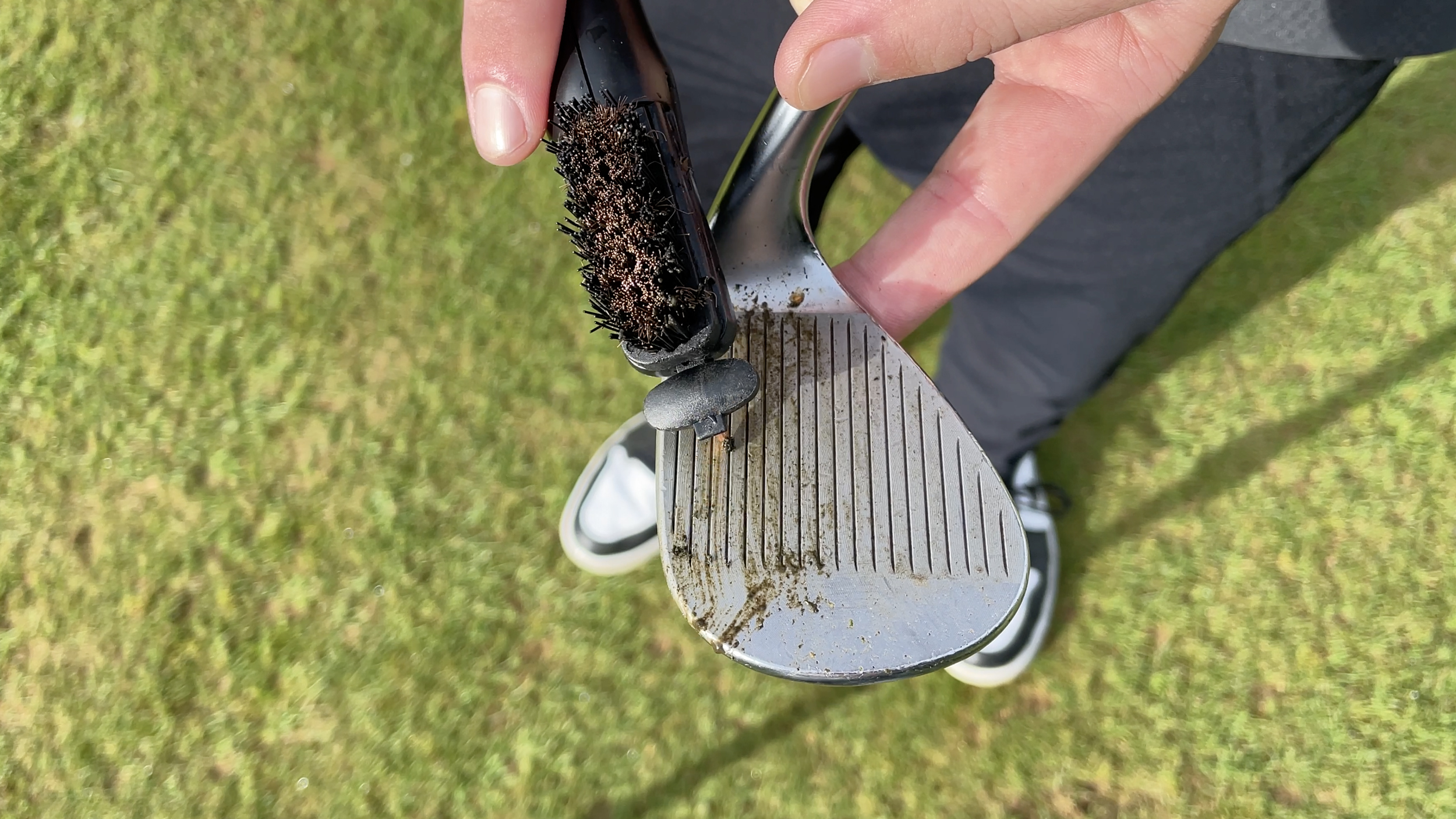

If you’ve made the decision to upgrade your clubs, you may be wondering how you can revive them in order to get the best price. Or, you may have a favourite set sitting at the back of your garage that you want to put back in the bag, and they’re in need of a bit of TLC.
There are a number of ways to bring golf clubs back to life, and if it’s a part exchange you’re interested in – a service offered by golfclubsfor4cash – it pays to spend some time getting them in the best possible condition, literally.
“The number one thing golfers can do to enhance the value of their equipment is to sell them after they’ve been cleaned,” says Dean Cracknell, Head Of Marketing, golfclubs4cash, Europe’s largest retailer of second-hand golf equipment.
“We see a lot of golfers that want to sell or trade-in their golf clubs with us, but they don't spend time cleaning them beforehand. You don’t have to take hours and hours doing it, and it’s amazing how nice they can come up after a quick clean.”
Let’s start with the obvious - cleaning your clubs. We advise following these five simple steps to get your old clubs looking like new again.
Step 1
Let’s being with your irons and wedges. Squirt a little washing up liquid into a bucket and fill it with enough lukewarm water to cover the heads of your irons. You don’t want the water coming up ferrules, and be careful you don't run the water too hot. Boiling water can loosen the ferrules, which join the shafts to the heads.
Step 2
Submerge the clubheads in the water and allow them to soak for a few minutes. This is an important step, as it will help loosen any dirt in the grooves. For the moment, keep your woods and putter to one side.
Subscribe to the Golf Monthly newsletter to stay up to date with all the latest tour news, equipment news, reviews, head-to-heads and buyer’s guides from our team of experienced experts.

Step 3
Now you’ll need an old toothbrush (something similar like a nylon brush can be equally effective) to clean out the individual grooves. Removing dirt and debris from the grooves will help increase surface area contact with your golf ball at impact, which is how the grooves impart spin to give you added control – so do give each clubhead a good going over.
Step 4
After you’ve cleaned the grooves, run the toothbrush across the sole of the club and over the back of the clubhead. Some clubs are either to clean than others, so just be sure to get that brush into every little cavity.
Step 5
Once all the mud has gone, use a hose or tap to rinse off the clubhead, then a towel to dry off the clubhead, Make sure you wipe the shaft and ensure each club returns to the bag completely dry.
How to clean forged irons
If you play with forged irons, we advise using a soft nylon brush. If your forged irons start to show signs of rust, which happens when the mild carbon steel becomes exposed during a shot that chips the chrome plating, you can spray the surface with WD-40 and clean them with a nylon brush. Using a plastic bucket is advisable as the softer material is unlikely to leave any marks, like a ceramic sink can. Once you've done this, make sure you wipe them clean with a dry cloth.
Woods and putter
Unlike your irons and wedges, you shouldn't submerge these clubs in water. Instead, either dip them in and out and rub down with a cloth, or use a wet cloth to wipe them over. Then dry them thoroughly.
Cleaning and replacing grips
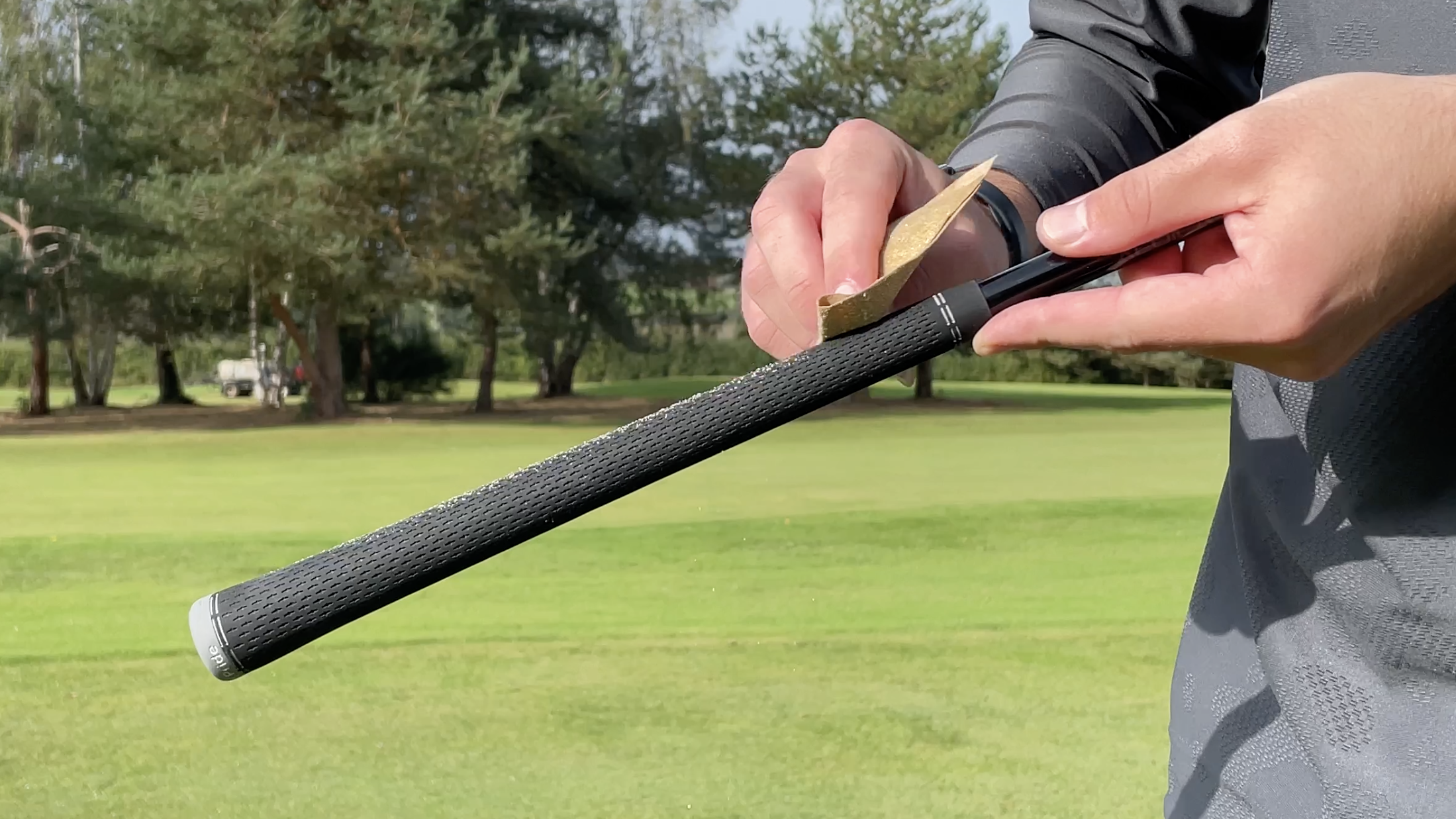
It’s important not to neglect your grips. If you don't clean your grips periodically, they will get slick, which can have an adverse effect on your performance. The easiest way to clean your golf grips is to wipe them down with a moist cloth, then dry them gently with a towel. This removes surface dirt and grime, and only takes a few minutes. Too much pressure when you’re drying the grips can mean you end up wearing them down, so be gentle. You could even rub them down lightly with sand paper to reinvigorate the surface and a tacky feel.
Of course, there are going to be occasions when no matter how diligent you are washing your grips, a re-grip is required. In fact, one of the best ways to revive old clubs is to replace the grips. With a good clean and a new grip, it's amazing how quickly your golf clubs can be brought back to life.

Top tip
There’s nothing worse than nicking a stone with your iron and picking up a scratch. It’s going to happen every now and again, especially if you insist playing your ball as it lies and not taking relief from the type of surface that can mark your clubs.
Whilst there’s little you can do with dents and deep scratches, a little bit of T-Cut (or similar rubbing compound) can work wonders with the smaller nicks and marks. Apply a bit of the compound to the clubhead and rub it with a towel. Using a Scotch-Brite pad or a little steel wool on the clubface can also revive the clubface and enhance the finish. There you go, good as new.

Michael has been with Golf Monthly since 2008. A multimedia journalist, he has also worked for The Football Association, where he created content to support the England football team, The FA Cup, London 2012, and FA Women's Super League. As content editor at Foremost Golf, Michael worked closely with golf's biggest equipment manufacturers and has developed an in-depth knowledge of this side of the industry. He's a regular contributor, covering instruction, equipment, travel and feature content. Michael has interviewed many of the game's biggest stars, including seven World No.1s, and has attended and reported on numerous Major Championships and Ryder Cups around the world. He's a member of Formby Golf Club in Merseyside, UK.
-
 'Travelling Back And Forth To America 30 Weeks Of The Year Isn’t Sustainable' - Laurie Canter Explains Decision To Turn Down PGA Tour For LIV Golf Return
'Travelling Back And Forth To America 30 Weeks Of The Year Isn’t Sustainable' - Laurie Canter Explains Decision To Turn Down PGA Tour For LIV Golf ReturnThe two-time DP World Tour winner has explained his decision to turn down the PGA Tour in favor of LIV Golf to The Times
-
 AJ Ewart Tops Leaderboard To Earn One Of Five PGA Tour Cards In Thrilling Final Round Of Q-School
AJ Ewart Tops Leaderboard To Earn One Of Five PGA Tour Cards In Thrilling Final Round Of Q-SchoolFive PGA Tour cards are up for grabs at Q-School and we're heading for a playoff to decide the final recipient
-
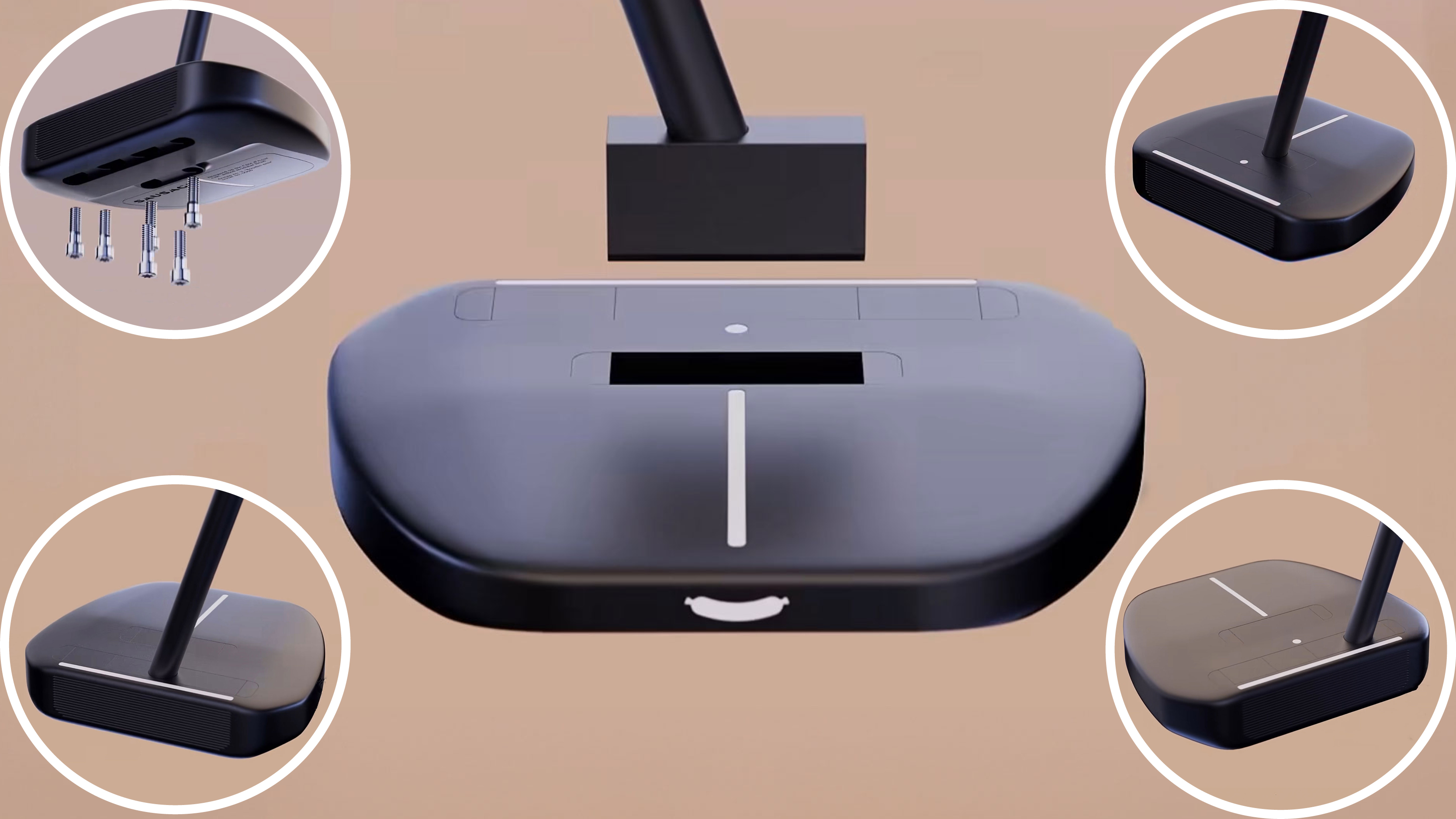 ‘I’ve Never Seen Anything Like It’ - Putters May Never Be The Same Again
‘I’ve Never Seen Anything Like It’ - Putters May Never Be The Same AgainWe take a look at an exciting and innovative new putter design from Sausage Golf - the Boudin Noir...
-
 Is The Blade Putter Dying Out On Tour?
Is The Blade Putter Dying Out On Tour?Gear tester and PGA Professional Joe Ferguson has noticed an interesting equipment trend in the professional game…
-
 The One Piece of Equipment (Almost) Every Tour Pro Agrees On...
The One Piece of Equipment (Almost) Every Tour Pro Agrees On...We explore the remarkable dominance of one particular brand at the flagship event on the DP World Tour
-
 I’ve Interviewed Over 20 Tour Players About Their Equipment In The Past Year. Here Is What I Have Learned...
I’ve Interviewed Over 20 Tour Players About Their Equipment In The Past Year. Here Is What I Have Learned...PGA Professional Joe Ferguson has produced 'What's In The Bag' videos with some of the best players in the game, and there are some observations to be made...
-
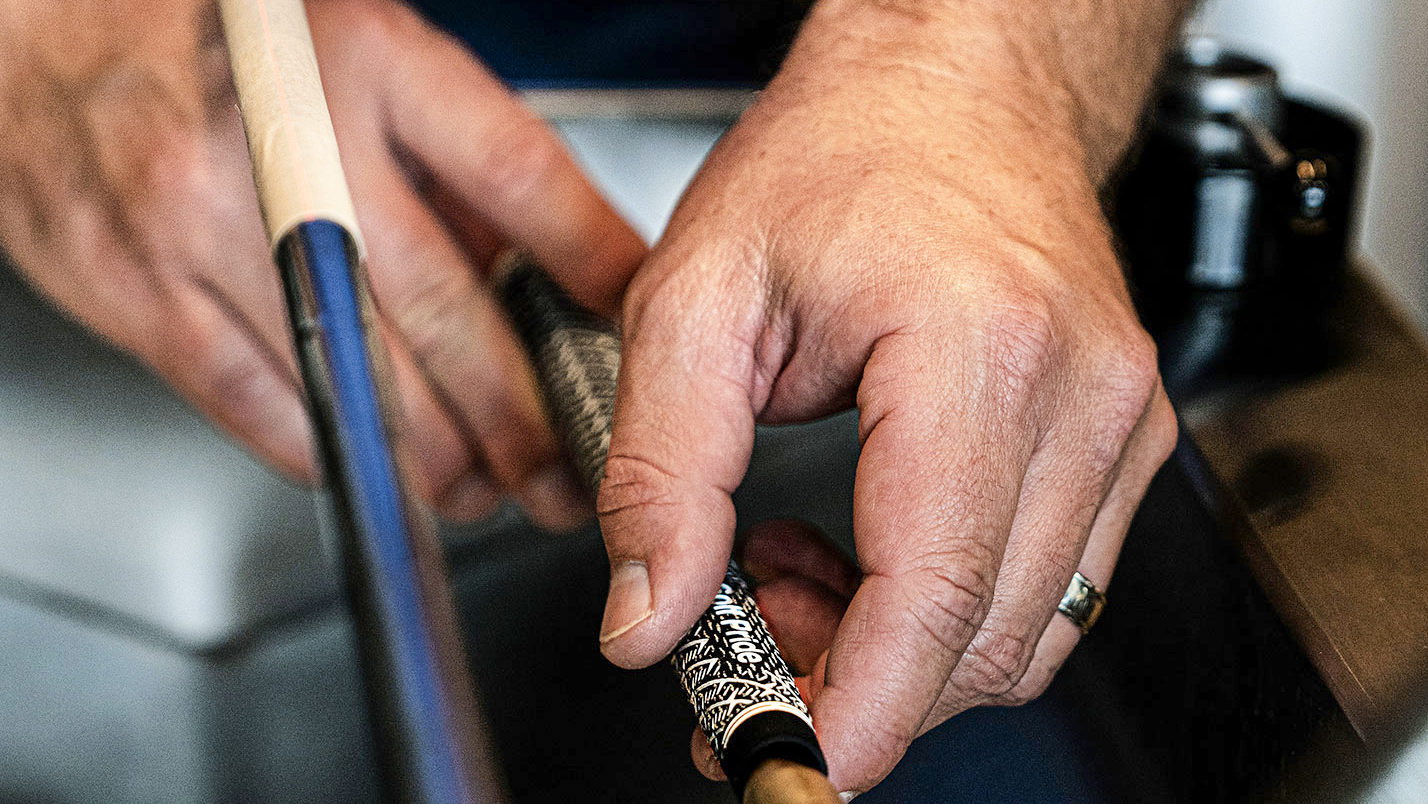 How Often Should You Change Your Grips?
How Often Should You Change Your Grips?We all know we can change and should change our grips, but how often should we be thinking about it?
-
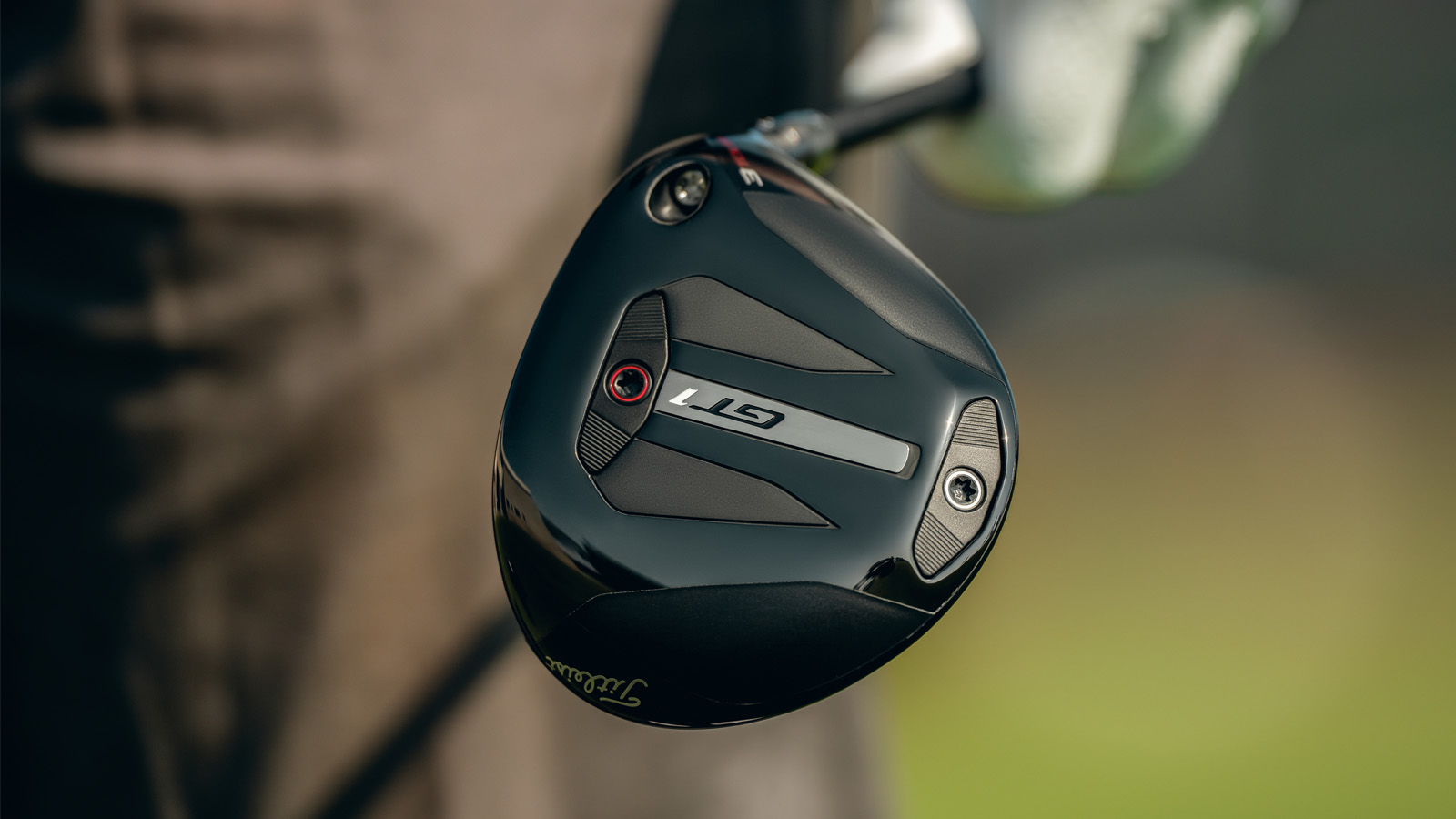 A Forgiving Fairway Wood Built For The Tour? Titleist Surprised Us All With This New Club
A Forgiving Fairway Wood Built For The Tour? Titleist Surprised Us All With This New ClubThe Titleist GT1 3Tour fairway wood is the brand's latest release, but what’s the story behind the design and which golfers is it likely to suit?
-
 Revealed: The Equipment Pro Golfers Use That Amateurs Can't Get Their Hands On
Revealed: The Equipment Pro Golfers Use That Amateurs Can't Get Their Hands OnAre we playing the same equipment as the professionals we watch week in, week out? Possibly not. Let's see what we might be missing...
-
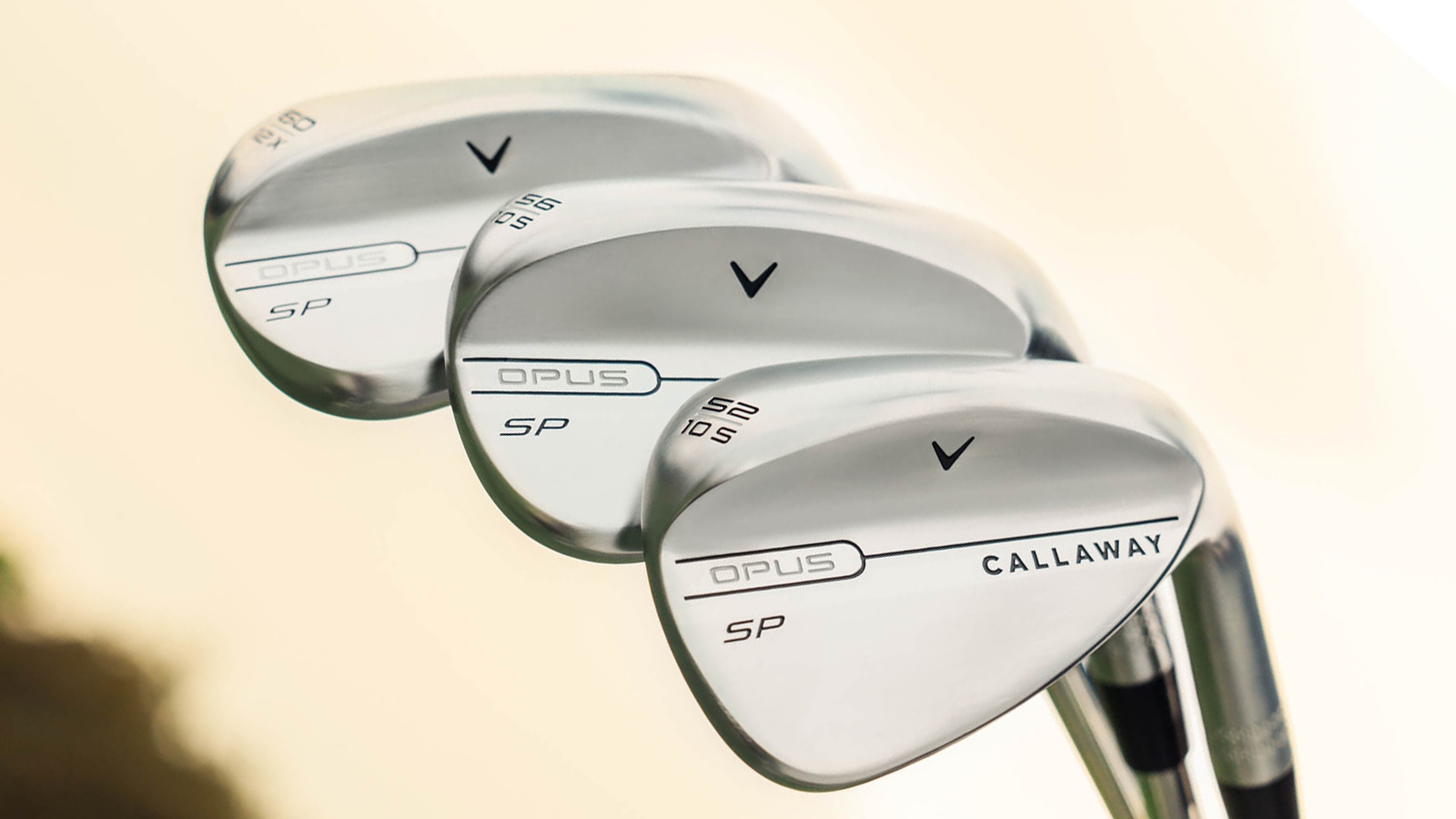 Why The Callaway Opus SP Wedges Could Take Your Short Game To New Heights
Why The Callaway Opus SP Wedges Could Take Your Short Game To New HeightsWe take a look at the design and features of the new Callaway Opus SP wedges